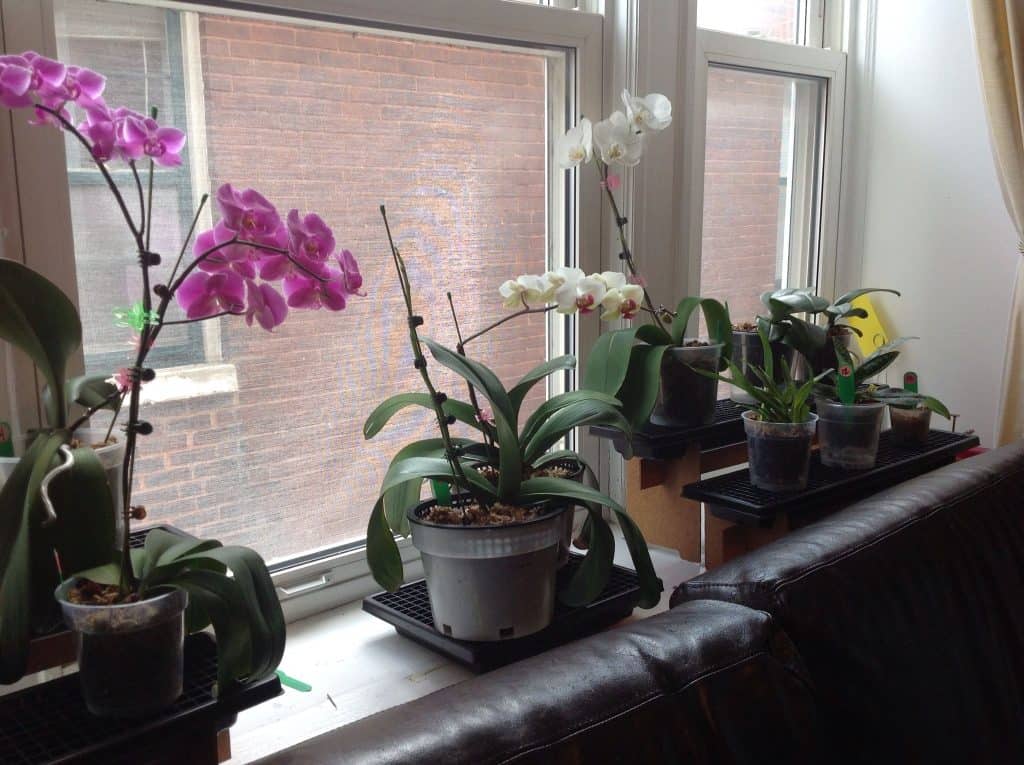Welcome to our guide on where do orchids grow! If you’re a fan of these stunning flowers and want to learn more about their natural habitat, you’ve come to the right place. In this article, we’ll explore the different regions where orchids thrive, their preferred growing conditions, and some frequently asked questions about their cultivation. So let’s dive in and discover the enchanting world of orchids!
1. Tropical Rainforests
One of the most common places where orchids grow is in tropical rainforests. These lush and humid environments provide the perfect conditions for orchids to flourish. With their high levels of rainfall, consistent temperatures, and abundant shade, tropical rainforests offer the ideal habitat for these delicate flowers.
Within the rainforest, orchids can be found growing on trees, rocks, and even on the forest floor. They have adapted to various niches within this ecosystem, utilizing different strategies to obtain sunlight, water, and nutrients. Some orchids are epiphytic, meaning they grow on the surface of other plants, while others are terrestrial, growing directly in the soil.
2. Cloud Forests
Another fascinating habitat where orchids thrive is in cloud forests. These unique ecosystems are characterized by their high altitude and persistent cloud cover, which creates a cool and misty environment. Cloud forests are typically found in mountainous regions, such as the Andes in South America or the Monteverde Cloud Forest Reserve in Costa Rica.
Orchids that grow in cloud forests have adapted to the low light levels and cooler temperatures. They often have larger leaves to capture as much light as possible and can withstand fluctuations in temperature. Some popular orchid species found in cloud forests include the Masdevallia, Dracula, and Pleurothallis.
3. Coastal Areas
Contrary to popular belief, not all orchids grow in dense forests or high-altitude environments. Many orchids can be found in coastal areas, where they have adapted to the unique challenges posed by saltwater and strong winds. Coastal orchids are often found in sandy or rocky habitats, such as dunes, cliffs, or mangrove forests.
These orchids have developed mechanisms to tolerate saltwater, such as specialized root structures that filter out excess salt. They also have sturdy stems and leaves that can withstand the strong coastal winds. Some coastal orchids you may come across include the Cymbidium, Epidendrum, and Habenaria.
4. Temperate Regions
While orchids are commonly associated with tropical environments, there are also species that thrive in temperate regions. These orchids have adapted to colder climates and can be found in areas with distinct seasons, such as North America, Europe, and Asia.
Temperate orchids often have a dormant period during the winter months, where they rely on underground tubers or bulbs to survive. They emerge in the spring, producing beautiful flowers that add a touch of elegance to the landscape. Some well-known temperate orchids include the Lady’s Slipper (Cypripedium), Bee Orchid (Ophrys apifera), and Monkey Face Orchid (Dracula simia).
5. Greenhouses and Orchidariums
If you’re an orchid enthusiast but don’t live in a suitable climate for their natural growth, fear not! Orchids can also be successfully cultivated in controlled environments such as greenhouses and orchidariums. These structures allow you to recreate the ideal conditions for orchids, regardless of your geographical location.
Greenhouses provide the necessary warmth, humidity, and light levels for orchids to thrive. They also offer protection from extreme weather conditions and pests. Orchidariums, on the other hand, are specialized facilities designed specifically for growing orchids. They often feature a variety of orchid species from different habitats, allowing you to explore the diversity of these captivating flowers.
FAQs on Where Do Orchids Grow
Q: Do orchids only grow in tropical regions?
A: While many orchids are found in tropical regions, there are also species that grow in temperate climates, coastal areas, and even high-altitude cloud forests.
Q: Can I grow orchids indoors?
A: Yes, you can grow orchids indoors! With the right conditions, such as proper lighting, humidity, and temperature, you can successfully cultivate orchids in your home or office.
Q: How do orchids obtain nutrients if they grow on trees?
A: Orchids that grow on trees, known as epiphytic orchids, have specialized aerial roots that absorb moisture and nutrients from the air and rainwater. They also form a symbiotic relationship with fungi, which help them obtain additional nutrients.
Q: Can I grow orchids from seeds?
A: While it is possible to grow orchids from seeds, it requires specialized techniques and can be a lengthy process. Most orchid enthusiasts prefer to propagate orchids through division or by using keikis, which are small plantlets that develop on the mother plant.
Q: How often should I water my orchids?
A: The watering frequency for orchids depends on various factors, such as the type of orchid, the growing medium, and the environmental conditions. As a general rule, it’s best to allow the growing medium to dry out slightly between waterings to prevent root rot.
Conclusion
Orchids are truly remarkable flowers that can be found in a wide range of habitats around the world. From tropical rainforests to coastal areas, and even in your own home, these captivating plants have adapted to thrive in diverse environments. Whether you’re a seasoned orchid enthusiast or just starting your journey with these beautiful blooms, exploring their natural habitat adds an extra layer of appreciation for their resilience and beauty.
Fun Fact: Did you know that orchids have been around for millions of years? Fossil evidence suggests that orchids existed during the time of the dinosaurs, making them one of the oldest flower families on Earth!
Originally posted 2023-07-22 11:54:04.



